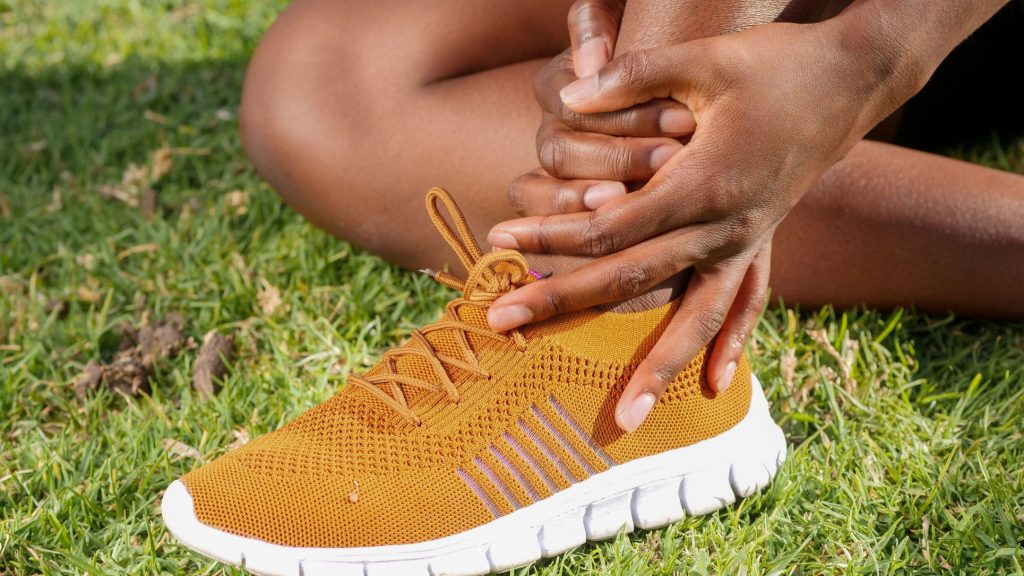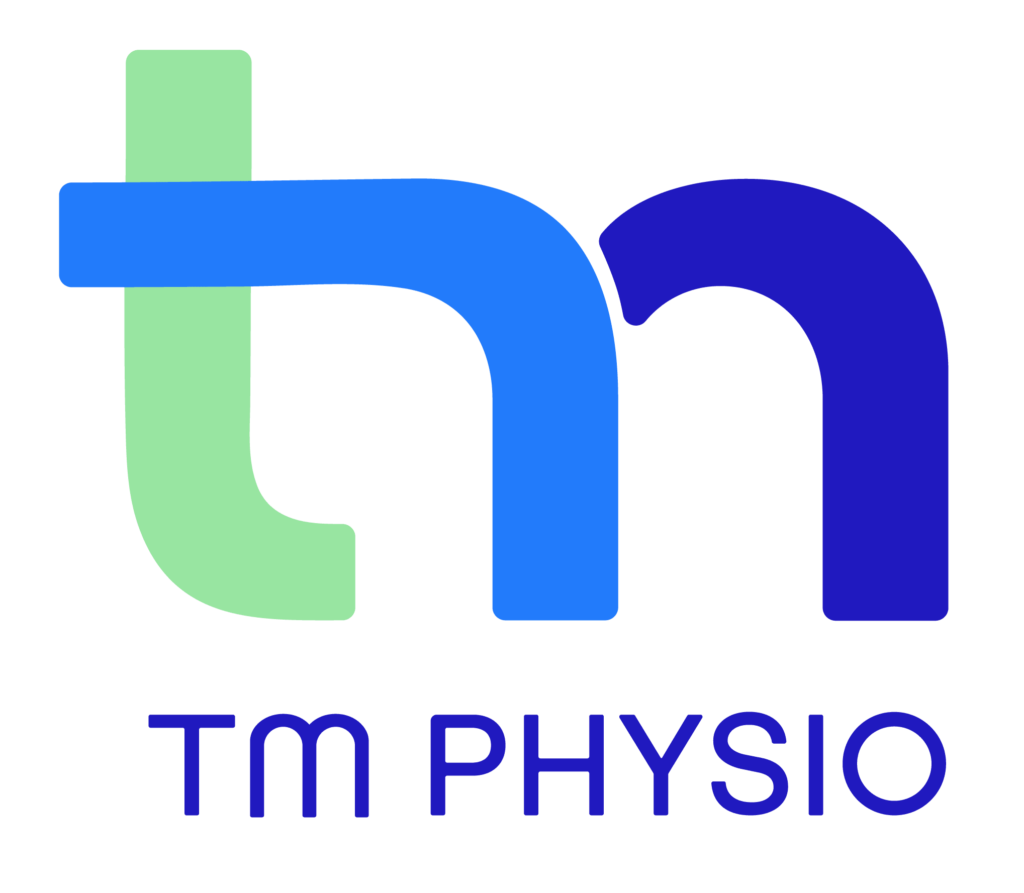Are you an avid netball or basketball player? There’s a good chance you have had a lateral ankle sprain (or anterior talo-fibular ligament (ATFL) sprain) at some point! The classic ‘rolled ankle’ is one of the most common sports injuries.
However, this common injury doesn’t just occur on the sporting field. It can be caused by stepping awkwardly on an uneven surface, or even wearing high heels. Any action that throws off your balance and shifts your centre of gravity, could result in a painful sprain.

What is a Lateral Ankle Sprain And what Causes It?
The ankle joint is made up of three bones: the talus (ankle bone), the tibia (shin bone), and the fibula (the smaller leg bone). A series of ligaments running in different directions connect the bones and provide stability and support to the joint.
There are three lateral (outer) ligaments that help to stabilise the ankle joint, preventing it from moving too much. The anterior talo-fibular ligament, or ATFL is one of them. It is a short ligament that attaches the fibula to the talus. The ATFL is the weakest outer ligament and the most injured.
Sports and activities that involve running, jumping, and sudden changes in direction put pressure on the ankle and may cause it to abruptly roll outwards. When this results in overstretching and tearing of the outside ligaments, it is known as a lateral ankle sprain.
What Are The Symptoms of A Lateral Ankle Sprain?
If you’ve sprained your ankle you may experience the following symptoms: swelling (immediately or over a few hours); localised tenderness or bruising around the joint; pain when trying to walk, or when you put weight on it.
Lateral ankle sprains are graded depending on severity:
- Grade 1 is a smaller ATFL tear with minimal swelling and the ability to walk with little to no pain.
- Grade 2 is a larger ATFL tear with bruising, swelling over the outer ankle, inability to walk or bear weight without pain.
- Grade 3 tear is the most serious with a complete rupture of the ATFL, minimal or no ability to walk without severe pain; swelling and tenderness surrounding the whole ankle.
What Can You Do About An Ankle Sprain?
RICER protocol is suggested for treatment of a sprained ankle:
- Rest or reduce activity.
- Ice therapy (on for 20 minutes every two hours for the first 24 hours).
- Compress the injured ankle using tape or a bandage wrapped firmly around the joint.
- Elevate the ankle (above the heart if possible).
- Refer – if you are unable to walk on the ankle, you should seek medical attention to determine if medical imaging is required.
You should also avoid HARM – Heat, Alcohol, Running/exercise and Massage, in the first 48 hours to keep any swelling to a minimum. You should also call your physiotherapist at your earliest convenience.

How Can A Physiotherapist Help With A Sprained Ankle?
Physiotherapy can help with rehabilitation as you recover from an ankle sprain. Your physio will work with you to develop an exercise program focused on improving the mobility of the joint and regain movement. Evidence shows that commencing rehabilitation exercises within a week of a sprain speeds up recovery.
Your physiotherapist can also help you to strengthen the surrounding muscles to aid your recovery. This is particularly important to prevent the injury from reoccurring. Stabilising the ankle using tape or a brace will allow the ATFL to rest and heal. Your physio can recommend a support or brace as appropriate and teach you the correct technique to ensure the best recovery.
When you return to your favourite sport activity, you may need to brace or tape the ankle for extra support. Your physiotherapist will provide advice on whether this is necessary. You should also ensure that you warm up and wear supportive shoes when you get back out there!
If you are looking for support and advice on recovery from a sprained ankle, we are here to help! Give us a call on 6282 5898, book online or email deakin@tmphysio.com.au so we can get you back on your feet.


